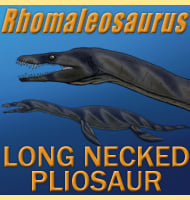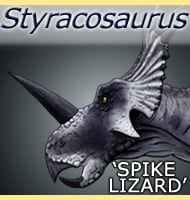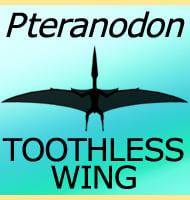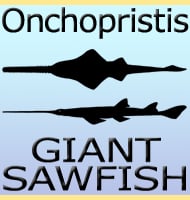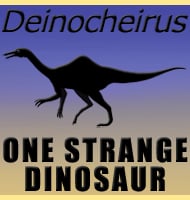In Depth
Titanosaurs like most sauropod dinosaurs are usually only known from partial remains such as one or two legs, a sequence of vertebrae or the occasional isolated skull. This is because their inherent large size makes it unlikely that the whole body will be buried and preserved before scavengers and environmental effects scatter the bones of an individual so that the skeleton is only preserved in a few pieces. But in 2005 a new discovery was made in Argentina, a new titanosaur with roughly half the skeleton preserved in a semi articulated fashion. At the time of naming in 2014 Dreadnoughtus was the most complete titanosaur known from South America, and worldwide only genera such as Rapetosaurus from Madagascar are known to be more complete.
Dreadnoughtus is yet another example of the large titanosaurs that were living in South America all the way to the end of the Cretaceous period. The holotype individual of Dreadnoughtus was estimated to be about twenty-six meters long, just over eleven meters of which was neck. The body weight of this dinosaur has also been established to around the fifty-nine metric tons mark. However the absence of an outer layer of bone on the vertebrae (external fundamental system) but instead continued presence of a fast growing bone type indicates that the holotype individual was not fully grown at the time of death. This reveals that fully grown adults of Dreadnoughtus would have been longer and heavier than what we know the holotype to have been. Because of the completeness of the Dreadnoughtus remains it has been possible to infer a few things about this dinosaur. The Dreadnoughtus holotype has the largest known scapula (shoulder blade), ilium (upper hip bone) as well as forearms that are proportionately longer than any other known titanosaur at the time of writing. However while the humerus (upper arm bone) of Dreadnoughtus is also long, it is actually shorter than the humerus of Paralititan from Egypt, which is amongst the largest known. Fully grown Dreadnoughtus may have had a humerus that was longer, but the measurements from the holotype at least indicate that there can be a broad difference in features amongst titanosaurs and sauropods even though they all have the same basic body plan of four legs and long neck. In an addition to the proportional notes, many of the bones particularly those associated with the neck, show the presence of pneumatic air sacs. This is yet further proof that dinosaurs had an avian-like respiratory system.
The Dreadnoughtus holotype seems to have been deposited in a flood event perhaps as part of a river changing course. The teeth of large theropod dinosaurs (possibly megaraptoran) were found amongst the holotype skeleton, though given the context of the rock deposits these may be a sign of scavenging as opposed to hunting.
Further Reading
- A Gigantic, Exceptionally Complete Titanosaurian Sauropod Dinosaur from Southern Patagonia, Argentina. - Scientific Reports - K. J. Lacovara, L. M. Ibiricu, M. C. Lamanna, J. C. Poole, E. R. Schroeter, P. V. Ullmann, K. K. Voegele, Z. M. Boles, V. M. Egerton, J. D. Harris, R. D. Mart�nez, F. E. Novas - 2014. - Rates of Dinosaur Body Mass Evolution Indicate 170 Million Years of Sustained Ecological Innovation on the Avian Stem Lineage. - PLoS Biol 12(5) - Roger B. J.Benson, Nicol�s E. Campione, Matthew T. Carrano, Phillip D.Mannion, Corwin Sullivan, Paul Upchurch, David C. Evans - 2014.




